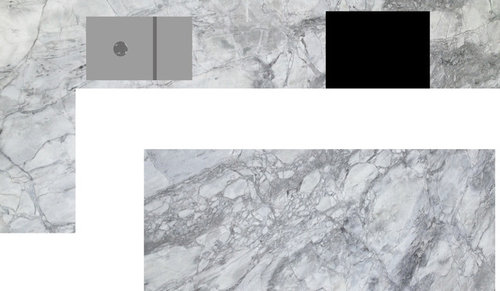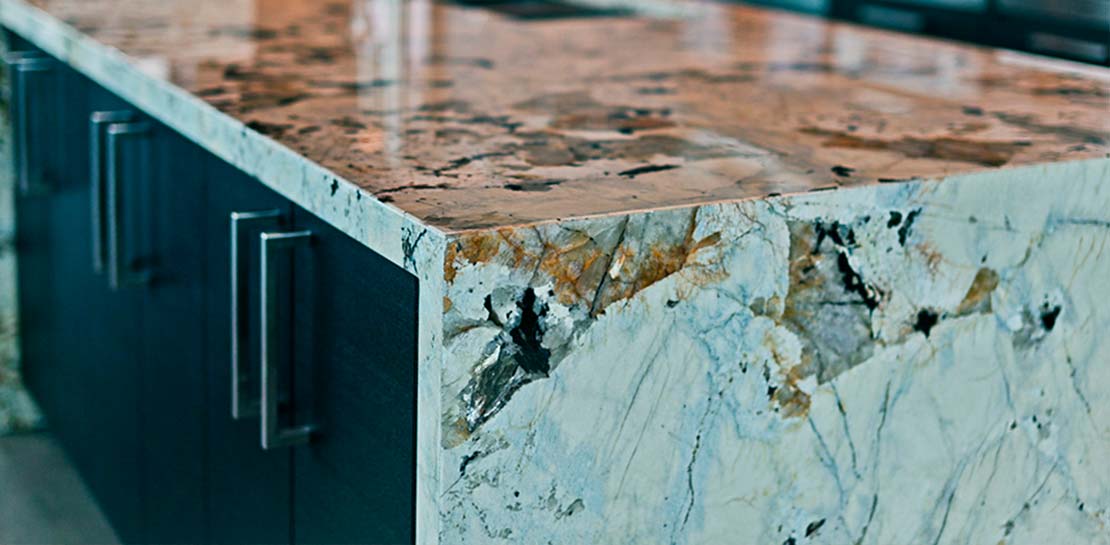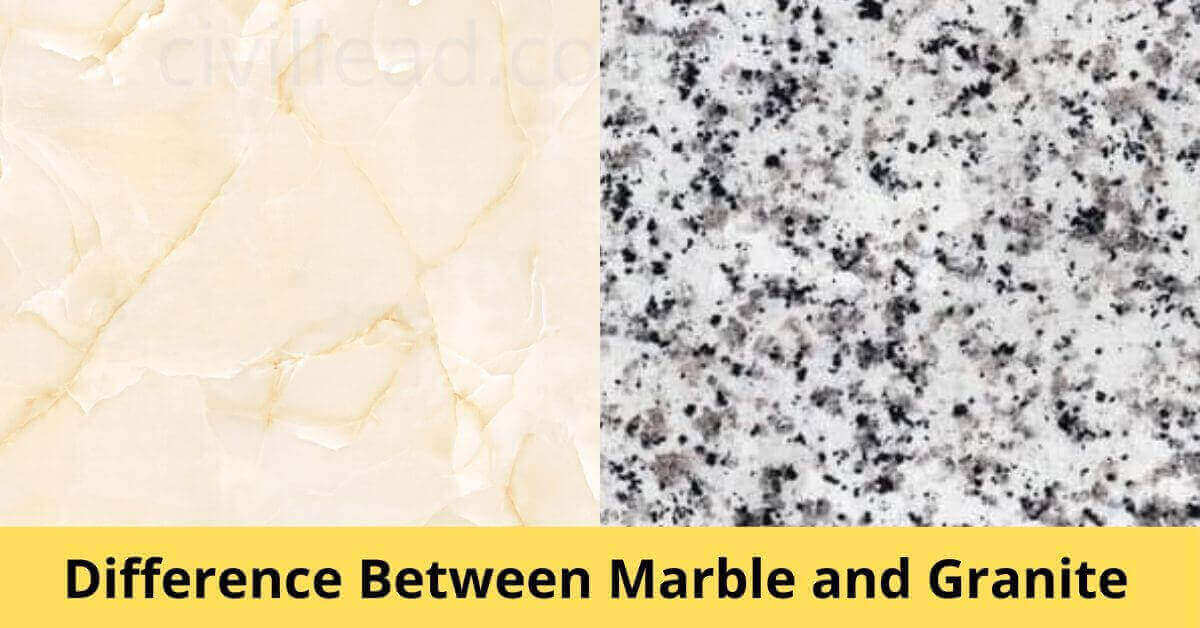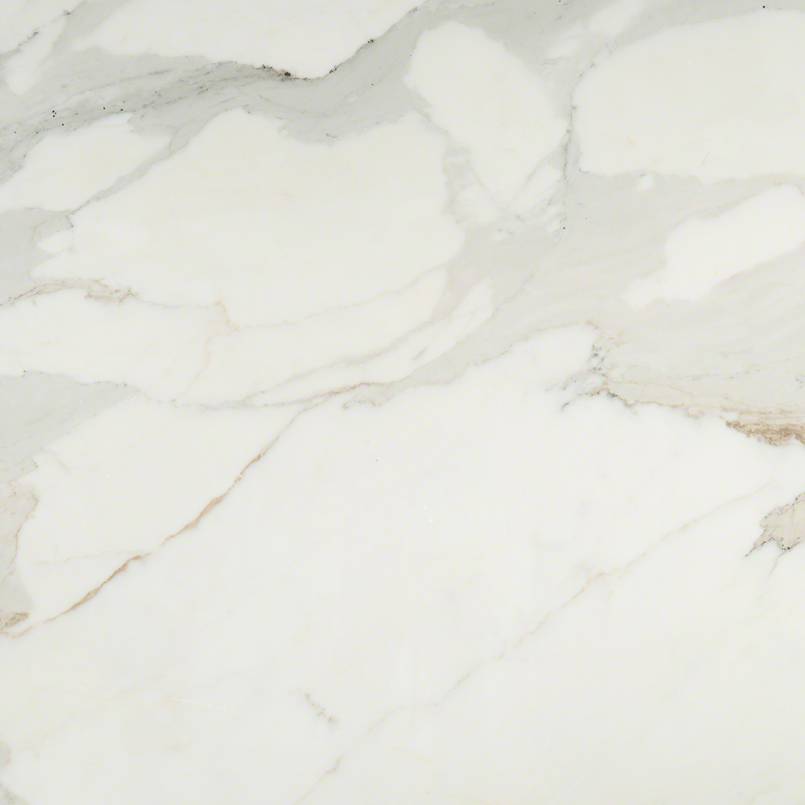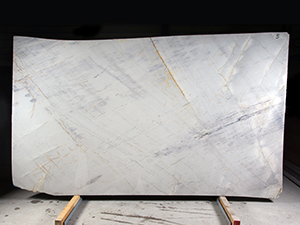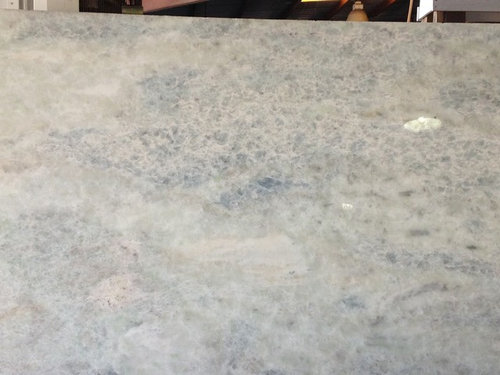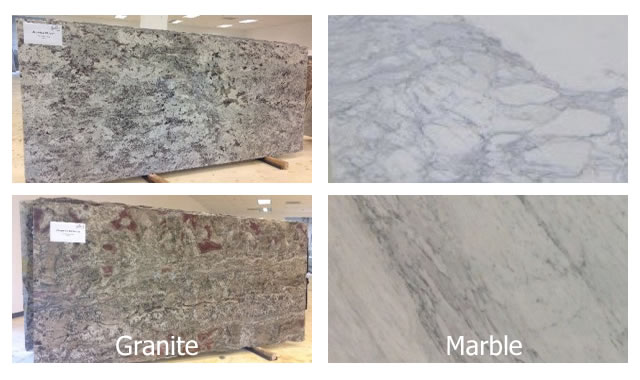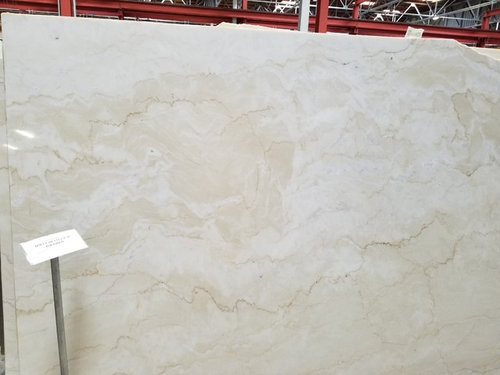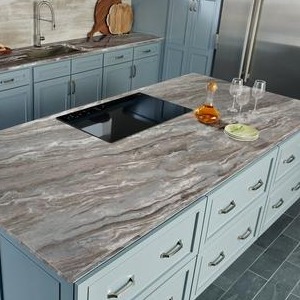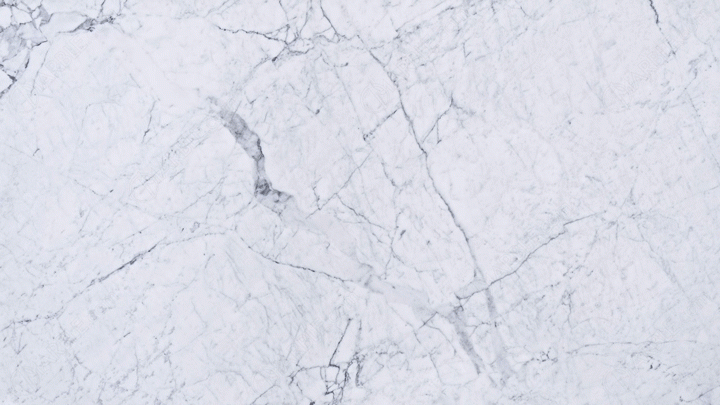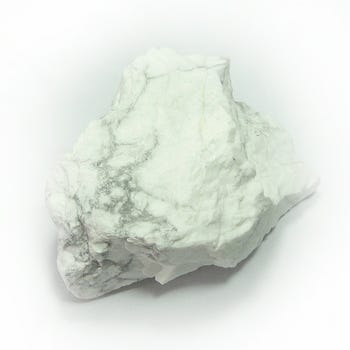The mohs scale of mineral hardness m oʊ z is a qualitative ordinal scale characterizing scratch resistance of various minerals through the ability of harder material to scratch softer material.
Marble hard or soft moh s scale.
That means it s harder than glass and harder than a knife blade.
Granite on the mohs scale.
Being hard vulnerable to staining and resistant to damage granite is rated seven on the mohs hardness rating.
The hardest mineral on the mohs scale is diamond which ranks at a 10.
What are the hardest and softest minerals on the mohs scale.
The mohs scale of mineral hardness 1.
Marble is limestone that has been compacted and heated over millions of years.
As a result marble is easy to carve and that makes it useful for producing sculptures and ornamental objects.
Granite is a blend of different minerals fused.
On the other hand the softest is talc which ranks at a 1.
Not only does this make for a tough stone but it also makes it easy to tell quartzite from the imposters.
Igs may receive customer referral fees from the companies listed in this page.
To give you an idea of how durable the stones in our staircases and fireplaces are we have added them to our revised version of the hardness scale.
The mohs hardness scale and chart for select gems home learning center gemology reference charts materials the mohs hardness scale and chart for select gems.
Being composed of calcite marble has a hardness of three on the mohs hardness scale.
A ranking of 1 means the mineral is very soft while a ranking of 10 means it is very hard.
Hardness is based on the mohs scale which ranks natural minerals on a scale of 1 to 10 1 being the softest and 10 being the hardest.
Marble has a mohs hardness scale rating between 3 4.
The result is this ordinal scale of minerals by hardness with 1 being the softest and 10 being the hardest.
This scale was invented by german mineralogist friedrich mohs in 1812 and ranks minerals based on their ability to scratch or sustain scratches.
Quartz is 7 on mohs hardness scale.
Created in 1812 by german geologist and mineralogist friedrich mohs it is one of several definitions of hardness in materials science some of which are more quantitative.
Granite comes in at a 6 to 7 on the mohs scale meaning it is relatively hard.
For example a diamond can scratch granite while granite can scratch marble.
This means that marble is less scratch resistant than granite.
On average it is 6 5.
Hardness is determined by the ability of one mineral to scratch another.
The translucence of marble makes it especially attractive for many types of sculptures.
As a result marble is less porous and slightly stronger than limestone but still less durable than granite.
When black granite is measured on the mohs scale it falls somewhere between 6 and 7.
Depending on the limestone and the mineral combination within the marble most marble rates from three to five on the mohs hardness scale.
